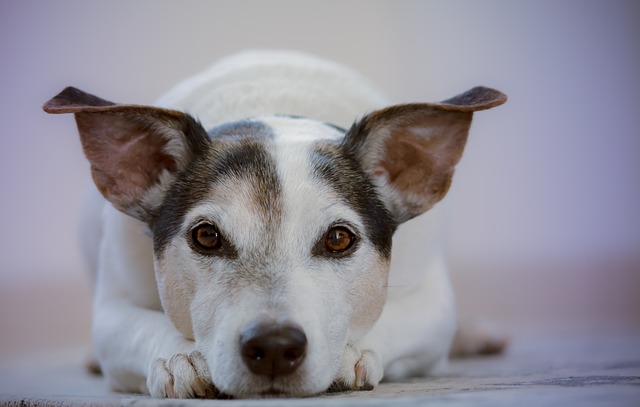
How do i train my dog to be obedient?
Watching your dog dart across the park ignoring your calls isn’t just frustrating—it can put them at risk near busy streets or public spaces.
Training your dog for agility isn't just about obstacle courses—it’s a journey of building trust, confidence, and a stronger bond. Whether you’re eyeing local dog sports competitions or simply want to keep your furry friend active, here’s how to get started on this exciting adventure.
Begin with the basics: recall, sit, and stay commands. These fundamental skills form the foundation of agility training. Before introducing jumps or tunnels, make sure your dog responds reliably to these cues. Remember, patience is key—repeating commands calmly and rewarding progress, no matter how small, will go a long way.
When it’s time for equipment, start small. Use a broomstick propped between chairs as a low jump or a cardboard box tunnel. Keep sessions short—10-15 minutes daily—since dogs learn best in short bursts. Praise your dog enthusiastically when they successfully navigate an obstacle, using treats sparingly to avoid overfeeding. This positive reinforcement cements good behavior and keeps training fun.
 Safety always comes first. Check your local regulations regarding dog sports and training areas. Some regions require specific permits for organized agility activities, while others have restrictions on where you can set up equipment, especially in public parks. Additionally, ensure your dog is physically ready for training. Puppies under 18 months should avoid high-impact jumps to prevent joint damage, and senior dogs may need modified exercises.
Safety always comes first. Check your local regulations regarding dog sports and training areas. Some regions require specific permits for organized agility activities, while others have restrictions on where you can set up equipment, especially in public parks. Additionally, ensure your dog is physically ready for training. Puppies under 18 months should avoid high-impact jumps to prevent joint damage, and senior dogs may need modified exercises.
Integrate agility training into daily life. Turn fetch into a chance to practice weaving between cones or encourage your dog to leap over low hurdles in the backyard. This makes training feel like playtime, not a chore. Be mindful of your dog’s body language; if they seem stressed or disinterested, take a break or switch to a different activity.
As you progress, consider joining local dog clubs or agility classes. They provide structured training environments, expert guidance, and opportunities to socialize your dog. Many clubs also host fun trials that let you test your skills without the pressure of competition. Just make sure any group training adheres to local animal welfare laws, which often govern aspects like trainer qualifications and animal care standards.
Remember, agility training is about enjoyment for both you and your dog. It’s okay if progress seems slow—every dog learns at their own pace. Celebrate each milestone, whether it’s clearing a jump for the first time or mastering a tricky weave. By focusing on the journey and prioritizing your dog’s well-being, you’ll create lasting memories and a happier, healthier pet.

Watching your dog dart across the park ignoring your calls isn’t just frustrating—it can put them at risk near busy streets or public spaces.

New puppy owners often find themselves rushing to clean up accidents before they set in, and that’s where puppy pad training becomes a game-changer.

If you've noticed your dog's waistline disappearing and your veterinarian has mentioned those few extra pounds, your first instinct might be to simply reduce the amount of food in their bowl.

Training a dog to use a designated spot indoors isn’t as daunting as many new owners fear, but it does take consistency and an understanding of your pet’s needs.

That moment of dread on a walk is all too familiar for many new dog owners. You see another dog approaching down the sidewalk of your neighborhood

If the sight of another dog on your neighborhood walk makes your heart sink as your own dog erupts into a frenzy of barking and lunging, you're not alone.